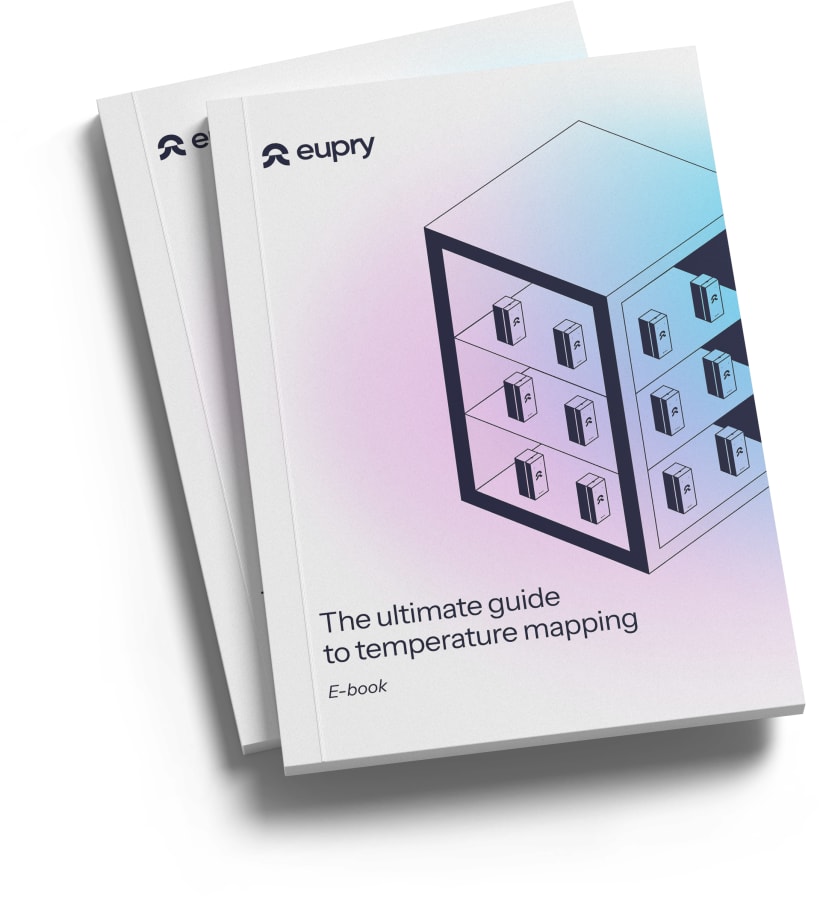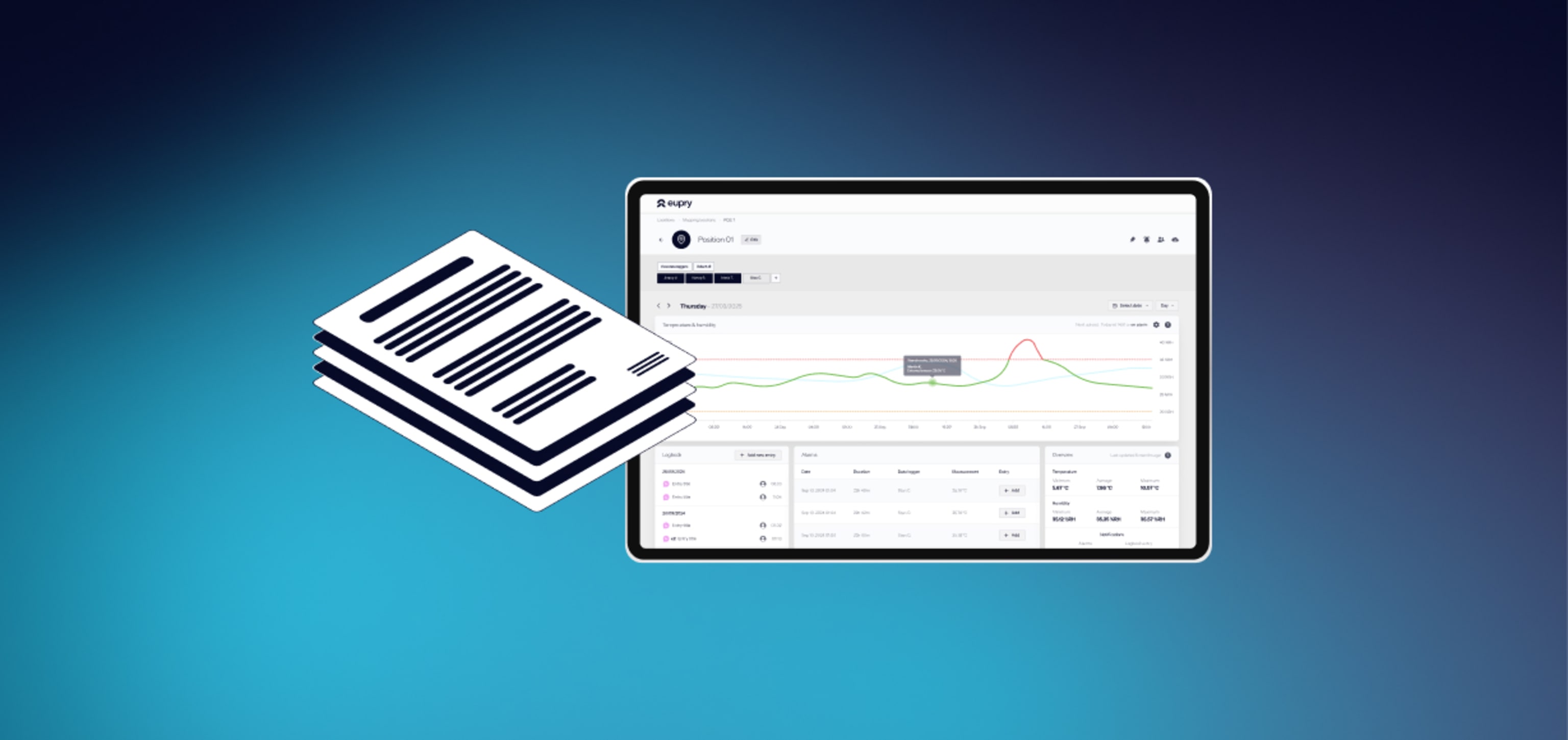
The 4 key teams to involve in your temperature mapping study
Jakob Konradsen

Estimated reading time: 3 minutes
Succesful temperature mapping exercises require collaboration among several stakeholders, and proper coordination between teams is vital to minimize disruptions and ensure a compliant study. Dive into who to involve as well as the specific roles and contributions of each group.
When executing a temperature mapping exercise, the implications on normal operations can be significant, and the risks of interruptions from operational personnel and processes can be high.
Therefore, to ensure a problem-free and compliant mapping, it is necessary to include all interested parties before the mapping exercise starts. In this article, we go through the groups that should be informed or involved.
Also read: Guide: The secrets of effective and reliable temperature mapping
The key stakeholders of temperature mappings
The operational team
When starting a mapping exercise operations might be affected in various ways.
- HVAC systems: Before any mapping exercise is to be started, it is important to ensure that settings for HVAC systems are locked in and controlled from that point in time. When performing a mapping exercise, the validity of the results depends heavily on the settings (most importantly the temperature setpoint) of the HVAC system or the temperature-controlled unit, hence it is important to ensure that all relevant parties agree that systems are ready for the mapping exercise to begin.
- Construction awareness: If mapping a new warehouse, construction workers implementing the latest technical installations must be made aware of the ongoing mapping exercise, as facilities may be off-limits for periods of time. The consequences of disruption of stability studies might mean that a study must be restarted or could give false results if doors or gates are opened for prolonged periods of time.
- Operational teams’ awareness: If a facility, or adjacent facilities, are still in operation, operational teams must be made aware as the accidental opening of doors and gates or placement or removal of goods can influence the studies that are being conducted.
- Operational team communication: Operational teams might be involved in doing simulated door openings or power failure studies. In such cases, it is advisable to appoint a main contact person in the operational team through which communication is forwarded.
- Timeline coordination: Operational teams might be involved in filling in dummy goods or non-critical goods to be used for full (PQ) studies, and hence timelines must be agreed upon, or time delays to the mapping exercises can be expected.
Also read: How to unify temperature compliance to minimize risks and manual work
The QA team
Before starting a mapping exercise, it must be ensured that the facility or equipment has been installed as per the manufacturer’s instructions and that installation qualification has been performed with satisfactory results. Hence, it is vital that confirmation from the QA team is obtained so that mapping can be started.
The mapping team
When operating with a third-party supplier or with an independent team responsible for the mapping exercise, it is important to ensure that timelines are agreed upon in order to ensure the timely performance of the mapping studies.
Also read: How do you analyze data from your mapping exercises?
The facility services team
When planning to perform mapping exercises, there are often several different technical aids that need to be used, such as lifts, safety equipment, etc.
Therefore, the fourth important stakeholder in temperature mapping is the facility service team. If adequate planning in collaboration with a facility services team is not incorporated, there is a great risk that supporting material is not available and hence studies must be postponed.

5-step temperature mapping guideline
Everything you need to know to conduct reliable mapping – from planning and execution to finalized reports.

